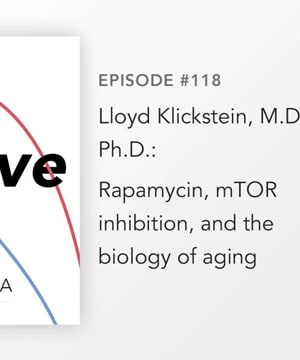Targeting tissue
Sources:
Targeting tissue in medical treatments can be approached in various ways, from drug delivery systems to imaging techniques. Here's a summary of insights from experts:
-
Statin Pharmacology: Statins, commonly used to lower cholesterol, ideally target the liver to inhibit cholesterol synthesis. However, they often affect peripheral tissues like muscles and the brain, leading to off-target effects. Variations in pharmacokinetics and genetics can influence where statins are distributed in the body, affecting their efficacy and side effects 1.
-
Photobiomodulation: For internal tissue targeting, advanced technologies like lasers are preferred over LEDs. Lasers allow for precise dosing and deeper tissue penetration, which is crucial for effective outcomes. Proper measurement and modeling of photon delivery are essential to ensure the treatment is optimized and safe 2.
-
Drug Design: Designing drugs to target specific tissues is challenging but achievable through methods like creating prodrugs activated only in desired tissues. Successful targeting also requires understanding the distribution within tissues and cell types, enhancing the drug's efficacy while minimizing side effects 3.
-
Cancer Therapies: In cancer research, targeting involves identifying markers that distinguish cancer cells from healthy ones. Combining different markers can help refine targets to avoid damaging normal tissues, enabling more precise and effective therapies 4.
-
Nanoparticle Imaging: Nanoparticles can be used for disease detection through their enzymatic activity at the disease site. These particles distribute throughout the body and change in response to disease, providing a non-invasive means to monitor tissue-specific illnesses 5.
These insights highlight the complexities and advancements in targeting tissues for various therapeutic and diagnostic purposes.
RELATED QUESTIONS-



